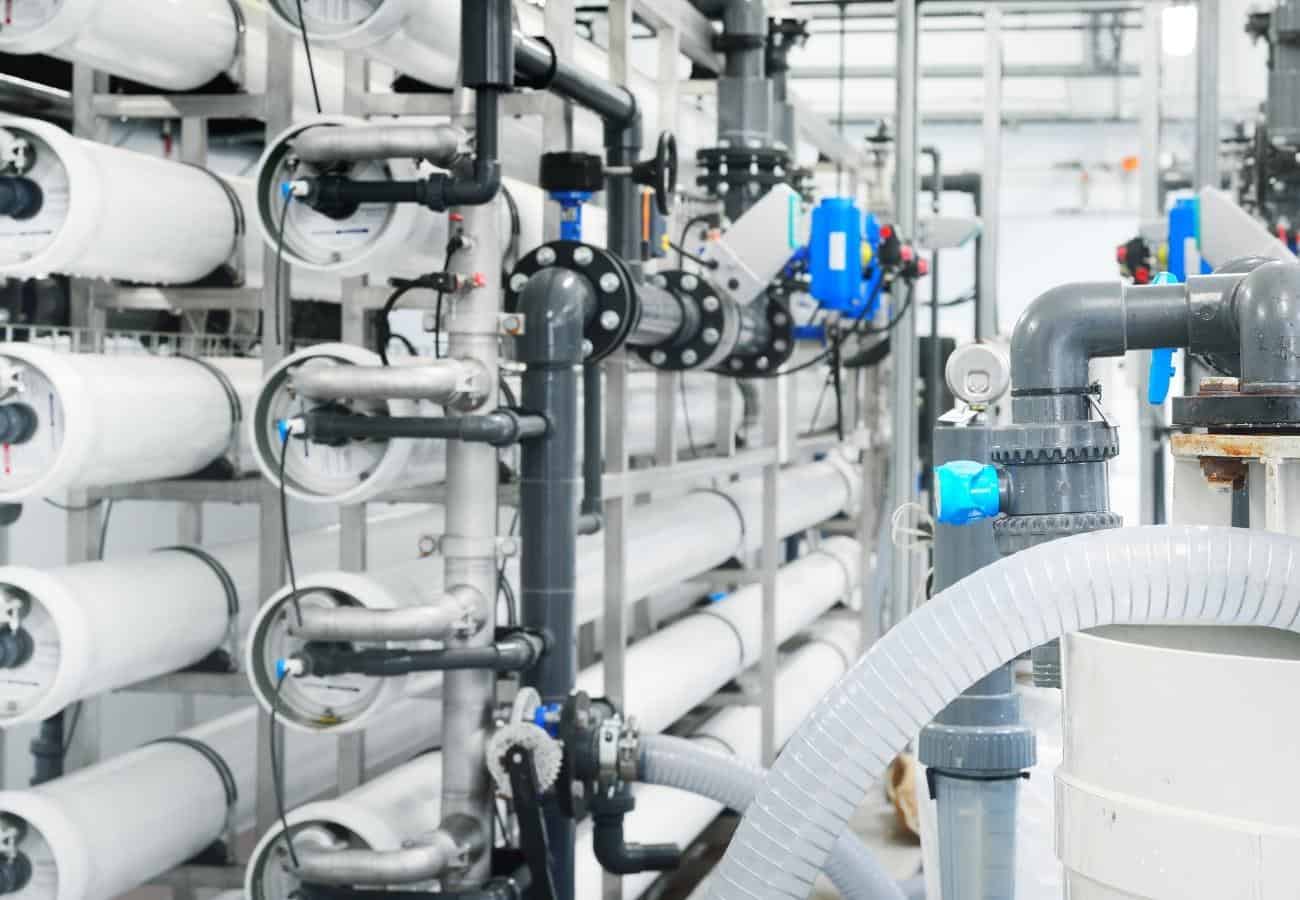
One of the key advancements in wastewater treatment systems has been the development of biological treatment processes. These processes utilize microorganisms to break down organic matter in the water, converting it into harmless byproducts such as carbon dioxide and water. This method is not only more environmentally friendly than traditional filtration methods, but it also produces less sludge and requires less energy. Biological treatment processes have become a staple in modern wastewater treatment plants, significantly improving the quality of treated water that is released back into the environment.
Wastewater treatment systems have come a long way from simple filtration methods to advanced purification techniques. The innovation in this area has been driven by the need to protect the environment and ensure the safety of drinking water. In the past, wastewater was primarily treated through basic filtration processes to remove solids and impurities. However, as populations have grown and industrial activities have increased, the need for more efficient and effective treatment systems has become increasingly important.
Another major innovation in wastewater treatment systems is the use of advanced filtration techniques, such as membrane filtration. Membrane filtration involves the use of semipermeable membranes to separate solids, microorganisms, and contaminants from the water. This method is highly effective at removing even the smallest particles from wastewater, producing water that is safe for reuse or discharge into natural water bodies. Membrane filtration has revolutionized the way wastewater is treated, providing a more thorough and efficient process that ensures the removal of a wide range of pollutants.
In addition to biological and membrane filtration processes, there have been significant advancements in chemical treatment methods for wastewater. Chemical treatments involve the use of various agents, such as chlorine or ozone, to disinfect the water and remove harmful pathogens. These treatments are crucial for ensuring that the treated water is safe for consumption or discharge into the environment. The development of new chemical treatment techniques has led to improved water quality standards and has helped to reduce the spread of waterborne diseases.
One of the most exciting innovations in wastewater treatment systems is the adoption of decentralized treatment approaches. Decentralized systems involve treating wastewater at the source, such as individual homes or businesses, rather than at centralized treatment plants. This approach reduces the need for extensive infrastructure and can be more cost-effective and sustainable in certain situations. Decentralized treatment systems can also be tailored to specific needs, allowing for greater flexibility and efficiency in wastewater management.
Furthermore, advancements in monitoring and control technologies have greatly improved the efficiency and reliability of wastewater treatment systems. The use of sensors, automated systems, and data analytics allows operators to monitor water quality in real-time and make adjustments as needed to optimize treatment processes. This level of automation and control not only improves the performance of treatment systems but also reduces operational costs and enhances overall system resilience.
Overall, the evolution of wastewater treatment systems from simple filtration to advanced purification methods has had a profound impact on environmental protection and public health. The innovation in this field has led to cleaner waterways, safer drinking water, and more sustainable wastewater management practices. As populations continue to grow and environmental challenges become more complex, the need for continued innovation in wastewater treatment systems is clear. By investing in research and development and embracing new technologies, we can ensure that our water resources are protected for future generations.